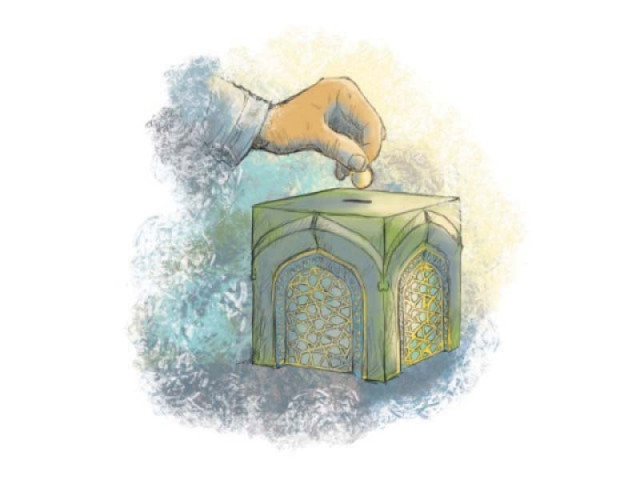
The investment-to-gross domestic product (GDP) ratio further deteriorated to 15.4% in the outgoing fiscal year, according to estimates of the National Accounts Committee (NAC). The government missed the investment-to-GDP target for the second successive year.
However, savings that stood at 10.8% of GDP in the last fiscal year increased to 13.9% – over one-percentage-point higher than the government’s target. The savings-to-GDP ratio has been worked out on the assumption that the current account deficit will remain at only 1.5% of GDP in the current fiscal year.
The savings-to-GDP ratio target of 12.8% was surpassed as the ratio stood at 13.9%. The ratio was better than the previous fiscal year due to the low current account deficit projected for the current fiscal year. The gap between total investments and savings is financed through foreign savings.
The results are based on estimates of the NAC that has approved a provisional economic growth rate of negative 0.38% for the fiscal year 2019-20, ending on June 30.
Ashfaq Tola – a prominent chartered accountant – was the only person who accurately predicted 0.38% contraction. All the international financial institutions including the International Monetary Fund (IMF) and the World Bank had forecast up to 1.5% contraction for the outgoing fiscal year.
The PTI government has missed annual targets for economic growth and investment but has achieved the national savings target. Low investment and saving rates are the two structural issues that have constrained Pakistan’s economic growth.
Public investment showed slight improvement but it was because of using budgetary figures of the Public Sector Development Programme (PSDP) instead of actually spending that was expected to remain significantly lower than the budgeted sum.
Private investment went down further in the second year of the PTI government, suggesting that private investors were not showing their trust in the government.
Failure to achieve these crucial targets has limited the government’s ability to spend on deteriorating infrastructure and social sectors from its own resources.
This has increased the government’s reliance on external and domestic sources to meet its requirements, resulting in a mushroom growth in public debt in the past five years. The public debt-to-GDP ratio is projected to spike to 90% in the current fiscal year, according to the IMF.
The total size of the national economy is now estimated at $265 billion for this fiscal year, down from $279 billion a year ago. The size of the national economy in US dollar terms has shrunk 5%.
The investment-to-GDP ratio stood at 15.4% against the target of 15.8%, said sources. The ratio was worse than last year’s revised rate of 15.6%, they added.
The government’s inability to increase investment as a percentage of the total size of the national economy remains its biggest failure on the economic front, suggesting that the PTI government has not yet begun its journey towards addressing structural imbalances.
The private investment that had been recorded at 10.3% of GDP last year has also slipped to 10%, according to the official working. The government had set the target to increase private investment to 10.1%.
Public investment stood at 3.8% of GDP, up from 3.7%, due to using budgetary figures of development spending instead of actual expenses. Once actual numbers will be used, the public investment-to-GDP ratio is expected to fall to 3.3%.
Fixed investment remained at 13.8% of GDP in the fiscal year 2019-20 against the target of 14.2%. It was slightly down compared with last year’s level.
These figures of investment and savings would be officially published in the Economic Survey of Pakistan 2019-20, likely to be unveiled on June 11 by Finance Adviser Dr Abdul Hafeez Shaikh.
Pakistan has one of the lowest investment and saving rates in the region and the world, obstructing progress towards a path of sustainable and inclusive economic growth.
Provisional estimates suggest the per capita income shrank 6.2% to $1,366 in this fiscal year. It was lower by $89 when compared with the downward-revised per capita income of $1,455 for the last fiscal year.
The per capita income is worked out by dividing the total national income with the number of people. At the end of the PML-N tenure, the per capita income had been recorded at $1,652 and there was a reduction of 17.3% in two years due to currency devaluation.
In rupee terms, the per capita income stood at over Rs214,000. In dollar terms, the per capita income was the lowest in seven years.
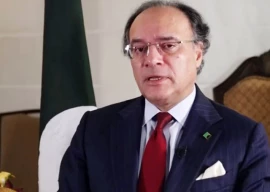

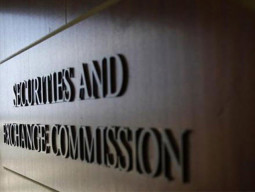
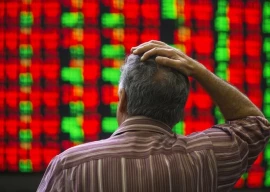
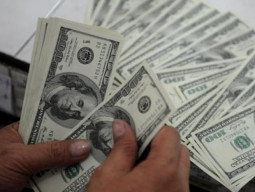

1726054615-0/OpenAI-(2)1726054615-0-270x192.webp)




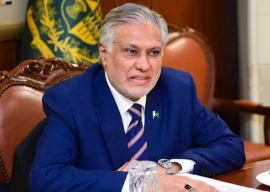






COMMENTS
Comments are moderated and generally will be posted if they are on-topic and not abusive.
For more information, please see our Comments FAQ